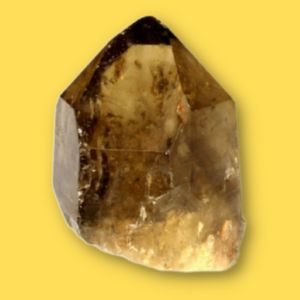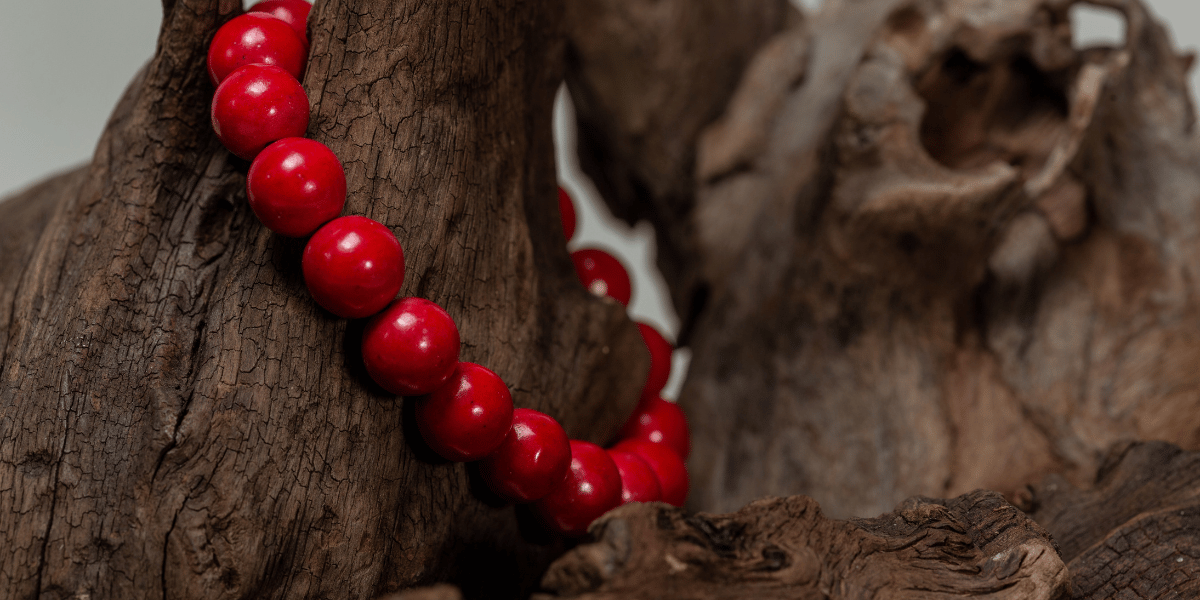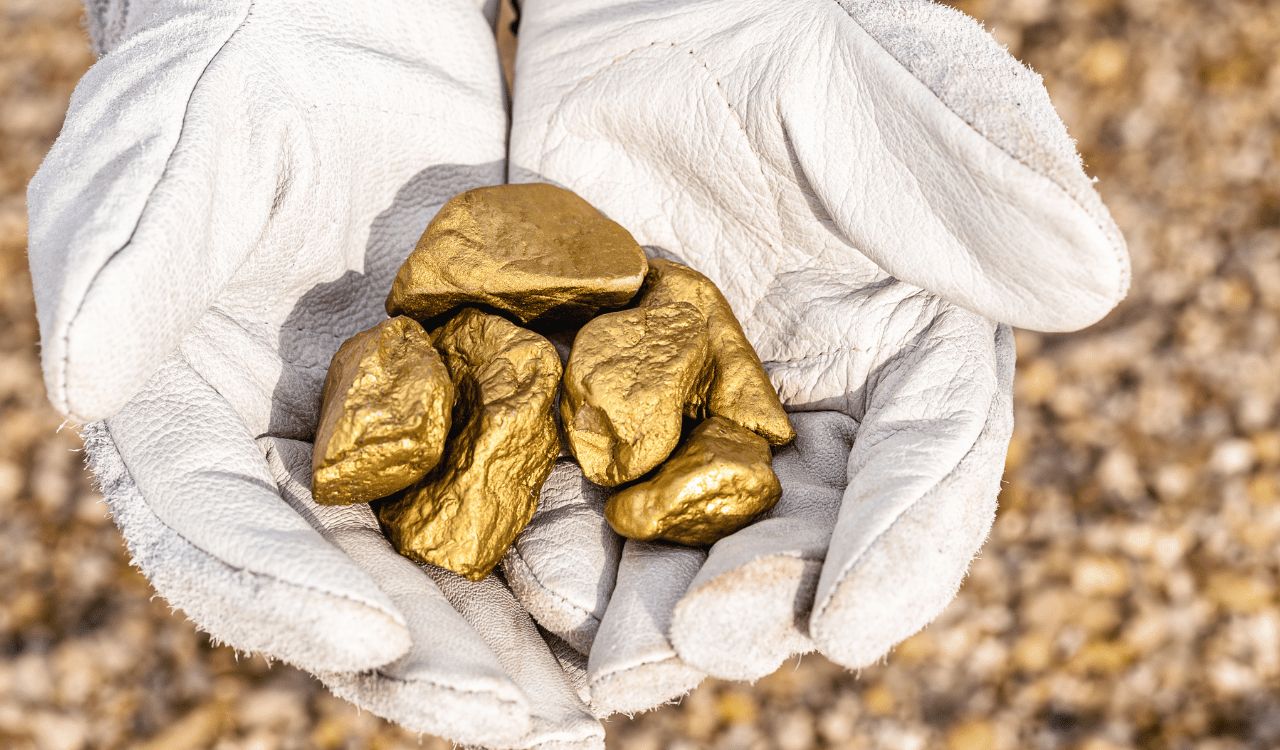Septarian Nodule | Meaning, Benefits, Properties, and Formation


The word Septarian Nodule comes from the Latin word septum, which means a partition between two tissues or cavities. Therefore, a septarian stone is correctly known as a septarian nodule. Stones are made up of different minerals, whereas minerals are made up of crystals.
Like a ball, Septarian nodules arose 50 to 70 million years ago as sedimentary slimes on the Cretaceous seafloor. Scepter nodules form within air bubbles that include pockets of crystals. They are composed of Calcite and Aragonite and covered with limestone. The Septarian Nodule is an interesting sedimentary rock formed during the age of the dinosaurs. That is sure to blow your mind.
In this article, we will tell you about the following:
Dragon Stone:
Septarian nodule, also known as Dragonstone, is a unique blend of stones, minerals, and organics. This material has also been found in Madagascar, and this material is sometimes called Dragon Stone. They are often formed within limestone deposits and are milled out of them.
Formation requires a chemical reaction of wetting and drying effects, and nodules can fill gaps. It combines minerals such as Aragonite, labradorite, bentonite, and calcite. The most famous specimen comes from the USA. The combination of minerals creates interesting contrasts in texture and color, making it a desirable stone for home decor.
Crack Design:

“Septarian Nodules are concretions with a series of radiating cracks, crossed by concentric cracks to form a”turtle-back” appearance. Scepter nodules are mainly composed of three different minerals. The central yellow is calcite, the brown line is Aragonite or siderite, and the outer shell is limestone.”Septarian Nodules are concretions with a series of radiating cracks, crossed by concentric cracks to form a “turtle-back” appearance. Scepter nodules are mainly composed of three different minerals. The central yellow is calcite, the brown line is Aragonite or siderite, and the outer shell is limestone.
Due to its formation, it is sometimes compared to a prehistoric mud ball. Sediment is composed of decomposing plants and animals formed into balls.
Both deposits are very similar, with bright yellow interwoven with greys and browns. But stones from other deposits have different colors, such as black and orange.
History of Septarian Nodule:
Septarian nodules were formed by volcanic eruptions and compressed material from Dead Sea organisms. Thus, septarian nodule associations in sediments are created by’‘lumps’ of mud masses and mixed organic matter. Septarian nodules date back to the Cretaceous period and formed between 50 and 70 million years ago! That means they arose around the same time the dinosaurs went extinct. Septarian nodules were formed by volcanic eruptions and compressed material from Dead Sea organisms. Thus, septarian nodule associations in sediments are created by ‘lumps’ of mud masses and mixed organic matter. Septarian nodules date back to the Cretaceous period and formed between 50 and 70 million years ago! That means they arose around the same time the dinosaurs went extinct.
The Septarian Nodule is a relatively new stone to the metaphysical community, and its properties are still under investigation. Nodules are small clumps of matter. A term used to describe benignly is a cancerous mass in the body or a mineral mass that forms a small geode.
Saptaria:
This unique stone has beautiful angular cavities called septaria, derived from the Latin septum or partition. (Some websites erroneously suggest that it comes from the Latin word septum, or seven, in reference to the number of cracks that commonly occur in geodes.)
The name of Dragon Stone also knows as Septarian Nodules. The pattern on the stone is thought to resemble the scales on the body of a dragon but often looks like an egg on the outside. The name comes from an old Madagascar legend. Madagascar is the main ethnic group in Madagascar, and some of the finest specimens have been found. They believe that dragons roamed the earth long ago, and when they died, their bodies were petrified and preserved in bedrock.
Formation of Septarian Nodule:

However, it is widely believed that volcanic activity killed marine life and deposited their debris on the ocean floor. Deposited marine life minerals underwent chemical reactions with sediment on the seafloor to form clumps and mud balls. As the sea receded, these mud balls were exposed to the elements, dried, shrunk, and split into beautiful patterns like those seen on Septarian Rock.
Although septarian are not fossils, they may resemble certain creatures from history. So it looks like a fossil, but it’s not. Many would say that septarian are close to pseudofossils. What is called inorganic matter, traces, and traces can be confused with fossils.
Interior Design of Septarian Nodule:
Septarian Sculptures enhance the ‘down to earth‘ feel of your space and improve the flow of your interior design with natural organic tones. For example, Aragonite’s deep color mixes with yellow calcite to bring out the organic, earthy tones of the space. Not to mention forming such interesting shapes and textures, septarian can be found in cubes, pyramids, chubby shapes, odd shapes, and more.
Texture and Pattern:
The colors, patterns, and textures of the Septarian give this stone a unique aesthetic. Septarian cries against it! Exceptional Septarian creations not only create organic wonders but are also truly priceless specimens worth seeing! Anyone who has used stones and minerals in their interior design knows that nature offers unparalleled beauty.
The ancient septarian energies can be used to cleanse the aura. This will help you eliminate feelings and emotions you no longer need and hold you back.
In addition, cleansing your aura will help the Physical body breathe easier.
Colors of Septarian Nodule:
Septarian nodules, also known as Siderite concretions, can vary in color from shades of brown to yellow, gray, or green. The color is determined by the mineral composition of the nodule, with iron-rich minerals such as siderite and goethite giving the nodules a brown or yellow color. Septarian colors are white and yellow from calcite and brown and black from other minerals.

In addition, Septaria can have a very bright-looking reddish-gold color due to siderite or pyrite coatings that are occasionally found on septaria.
Black may have black crystals in cracks and voids in the rock. These Septaria lack some of the minerals that give them the yellow and brown color found in some of the more common Septaria.
Healing Properties of Septarian Nodule:
The Healing Properties of Septarian Nodule are as follows:
Physical Healing Properties:
Septarian Nodule is a precious stone that encourages us to take action towards healing our physical bodies. Its gentle yet firm energy can push through blocks of fear and reluctance, helping us pursue the necessary treatment for injuries, illnesses, or disorders we may be struggling with. In addition, the powerful vibrations of this talisman bring strength and comfort specifically to one’s stomach area as well as other internal organs in the lower half of the body, reminding them they are not alone on their journey back to health!
They encourage the desire to problem solve and clear the mind when cluttered with unimportant things, making them a great stone to meditate with.
Septarian Nodules help individuals reach deeper levels of thinking and self-understanding.
Emotional Healing Properties:
Septarian Nodule boosts self-confidence and brings courage to mind. It encourages you to let go of the drama and ego attachments. Instead, we need to look deep for that place of quiet balance and live from that place. This is a wonderful stone for Engaging in personal work, especially emotional healing and growth. It helps you become more patient and comfortable with taking on greater responsibility. Finally, the Septarian Nodule reminds you to tune in to love and forgive past sins in yourself and others.
It releases the emotions that feel “trapped” within us and sheds light on our path to freedom. It balances emotions and intellect to generate new ideas and the enthusiasm to implement them. Break repetitive routines and behavioral patterns, improve endurance, and increase endurance and endurance. Septarian is a cheerful stone that nourishes emotions and calms the mind. It supports public speakers and helps improve communication within small groups. Septarian nodule enables you to understand your feelings and emotions. It teaches us the importance of learning about ourselves and appreciating our unique qualities.
Mental Healing Properties:
The Septarian Nodule helps us find our purpose in life and take positive action to manifest it in this world. At the same time, our practicality and common sense. It provides mental discipline, helps us a reason, and solves the root of our problems. This stone has brave energy that helps us face fears associated with failure, poverty, or mistakes, encouraging curiosity and excitement to explore possibilities.
It is both a very creative stone and a grounding stone, and its combination gives us artistic inspiration and helps us complete our art projects. This a gentle reminder that we must let go and be open to change and personal growth. When used during meditation, Septarian will take you back in time. It helps you look back positively on things that went wrong in your life. Observing events from a third-person perspective releases deeply buried feelings and emotions.
Spiritual Healing Properties:
The Septarian Nodule reminds us that we are all born with great spiritual power and are responsible for using that power to bring light into this world.
Provides protection and speed during astral projection and deep earth connection during meditation. The Septarian Nodule teaches us that the most sacred acts are those that combine love and courage. The Septarian Nodule strengthens the spirit and gives the soul a physical body. It reminds the wearer that he or she is a spiritual being on a human journey and is willing to accept reincarnations.
This stone helps you discover your true self and better understand the mysteries of this world. Encourages reflection on life experiences that lead to spiritual growth and inner stability. The energy of this stone forms a bridge between the Solar Plexus Energy Center, known to send messages to all emotions, and the Source Energy, known as the home of safety and security.
Septarian Nodule & Chakra Healing:
The Septarian stimulates the wearer’s Solar Plexus energy center, instilling self-confidence, increasing self-esteem, and a sense of responsibility and reliability.
It also helps the owner to discipline themselves by bringing warmth to their personality. Improves communication within the group and enhances the ability to organize spiritual groups.
Chakra Energy:
The energy of this chakra, energized by stones, allows us to transform inertia into action and movement. You can overcome difficulties and move forward in life by balancing your power. It is an excellent support stone for self-sufficiency and builds a caring attitude towards others and the earth.
It covers ideas and helps bring them to life, aligning the emotions and the intellect with the higher mind. This stone helps structure and reprogram behaviors that have grown along with feelings.
Control & Clear Negativity:
Septarian Nodules stabilize the aura and stimulate and awaken the root chakra, clearing and transmuting negative energies. It is believed to control the kinesthetic movement energy. Furthermore, it is the foundation of the body’s physical and mental energy, increasing enthusiasm, strength, and endurance.
The base chakra is recognized as home to messages of safety and security.
Benefits of Septarian Nodule:
Septarian Nodule forms a solid stone that is often worn as a grounding amulet of courage and energy. Much folklore associated with the Septarian Stone States that it is worn to show confidence. It is also a great talisman for a speaker to carry while standing in front of a crowd. Septarian is designed to help the wearer capture the attention of the audience.
However, in the eyes of metaphysicists, this stone has several other benefits. Which are:
- Tolerance
- emotional stability
- Patience
- Relieves muscle spasms
- Nourish with earth energy
The reason it was once called Dragonstone is that it brings courage. The Septarian Stone also absorbs external energy and transforms it into power.
However, the Septarian benefits are associated with the lower chakra, solar plexus, sacral chakra, and root chakra that ground us to the earth.
Brings calmness through connection with nature and natural energies.
Crystal Associates:
Septarian nodules formed at the end of the Cretaceous period (145-65 million). At that time, the sea was larger and extended inland. Periodic volcanic eruptions spew volcanic ash and lava into the sea, killing coastal marine life where they fell, trapping their bodies in sediments, and forming clay microspheres composed primarily of gray bentonite. A sphere was formed. If the sea receded, these balls of mud dried up and cracked.
When the sea returned, more emotes and broken shells were deposited on the cracked bentonite clay spheres. Calcite crystals began to form from splintered shell fragments, taking on a pale yellow sheen. Thin walls of dark brown Aragonite were constructed between calcite and bentonite.
Mining Research of Septarian Nodule:
The mining of Septarian nodules is still in the research and development stage, as the technology to extract the metals from these nodules in a cost-effective and environmentally sustainable way has yet to be fully developed. It used to be plucked from the surface, but today it has to be excavated by hand or with a bulldozer. All septarian nodules are natural and only enhanced by cutting and polishing.
Mining and Processing of Septarian Nodule:
Septarian Nodules are mined in key locations. Mining of Septarian nodules, also known as polymetallic nodules, refers to extracting valuable metals such as nickel, cobalt, and manganese from these nodules found on the seafloor. Septarian nodules are formed over millions of years by the precipitation of minerals around a core. Consequently, they can be found in vast quantities on the abyssal plains of the world’s oceans.
Conclusion:
Millions of years ago, septarian nodules were born in sedimentary rocks like shale and limestone. Thought to possess magical healing powers that are yet to be scientifically proven, these mysterious rock formations have gained popularity among spiritual healers. With their intricate clay calcite-aragonite composition and stunning design, they also make excellent decorative items for avid rockhounds or designers seeking organic mineral pieces – making it the perfect choice!
Frequently Asked Questions
Q: What are Septarian Nodules made of?
Ans: Septarian Nodules are made of clay, calcite, and aragonite. They are formed by the precipitation of mineral cement around a fossil or other fragment, which becomes the nodule’s center or nucleus.
Q: Where can Septarian Nodules be found?
Ans: Septarian Nodules are typically found in sedimentary rocks, such as shale and limestone. They are most commonly found in areas with ancient seabeds, such as the Gulf Coast region of the United States and the Paris Basin in France.
Q: How are Septarian Nodules formed?
Ans: Septarian Nodules are formed through a process of precipitation and cracking. Minerals precipitate out of the water and form a shell around a fossil or other fragment. As the Septarian nodule grows, it cracks, creating the characteristic” septarian” lines on the surface.
Q: What are the healing properties of Septarian Nodules?
Ans: Some people believe Septarian Nodules have healing properties and are used in alternative medicine. These healing properties have not been scientifically proven, so it’s important to consult your doctor before using any alternative therapy.
How can Septarian Nodules be used?
Ans: Septarian Nodules can be used for decorative purposes, such as in jewelry or as a display piece. They can also be used for spiritual or healing practices, although the effectiveness of these practices has yet to be scientifically proven.





